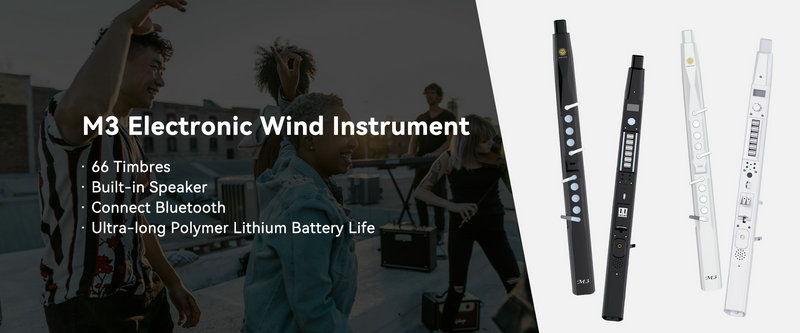The fingering of an electronic wind instrument can be the same as that of a traditional wind instrument in many cases, but there are also some differences:
Similarities
Saxophone - like Electronic Wind Instruments:
Many digital saxophones or saxophone - inspired electronic wind instruments have fingering that closely mimics the traditional saxophone. The keys and their functions are designed to be familiar to saxophone players. For example, the basic fingering for producing different pitches (such as using the left - hand keys for lower register notes and combinations of both hands' keys for higher register notes) is the same as on a traditional saxophone. This allows saxophonists to transition easily to the electronic version without having to relearn fingering from scratch.
Flute - like Electronic Wind Instruments:
Some electronic flutes follow the fingering pattern of traditional flutes. They have holes or keys that, when covered or pressed in the traditional flute fingering combinations, produce the corresponding notes. This similarity is beneficial for flute players who want to explore the electronic domain while maintaining their existing fingering skills.
Differences
Customization Options:
Electronic wind instruments often have more extensive customization capabilities. While a traditional flute or saxophone has a fixed fingering system, some electronic instruments allow players to remap the fingering. For example, a player might be able to change the function of a particular key to produce a different note or effect, which is not possible with traditional instruments.
Extended Function Keys:
Electronic wind instruments may have additional keys or controls for functions that have no counterpart in traditional wind instruments. These can include keys for changing between different synthesized sounds, adjusting effects (such as reverb or delay), or accessing different preset modes. The presence of these extra keys means that the overall fingering layout and operation have an added layer of complexity not found in traditional wind instruments.
Sensitivity and Response:
Even if the basic fingering layout is the same, the sensitivity of the keys on an electronic wind instrument can differ from that of a traditional one. Electronic instruments may have sensors that detect key presses with a different level of precision or speed of response. This can affect the playing experience and the way fingering is executed, especially for techniques that rely on rapid key changes or precise pressure control.
SUNRISE MELODY M3 Electronic Wind Instrument - The best-selling Electronic Wind Instrument
. 66 Timbres
. Built-in Speaker
. Connect Bluetooth
. Ultra-long Polymer Lithium Battery Life



